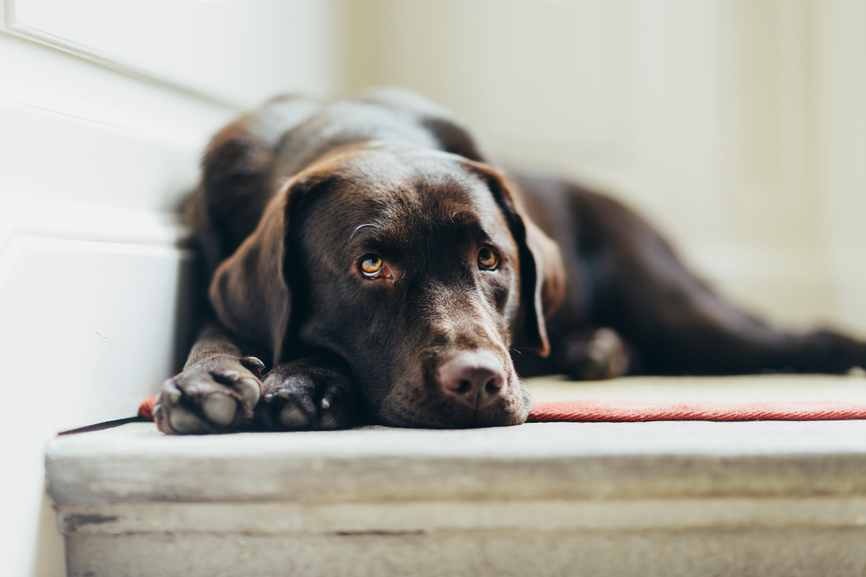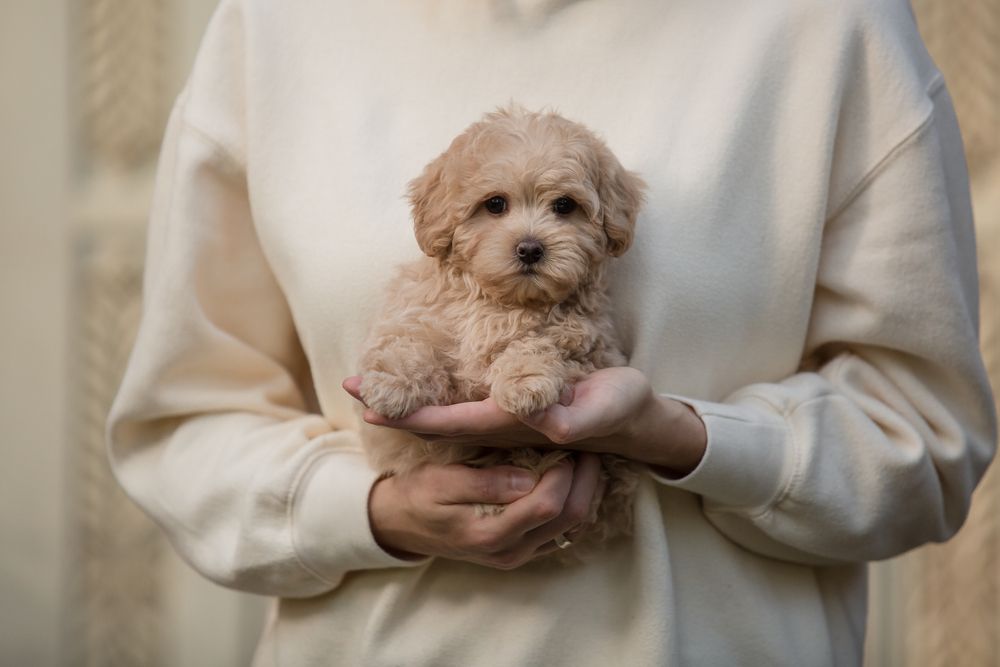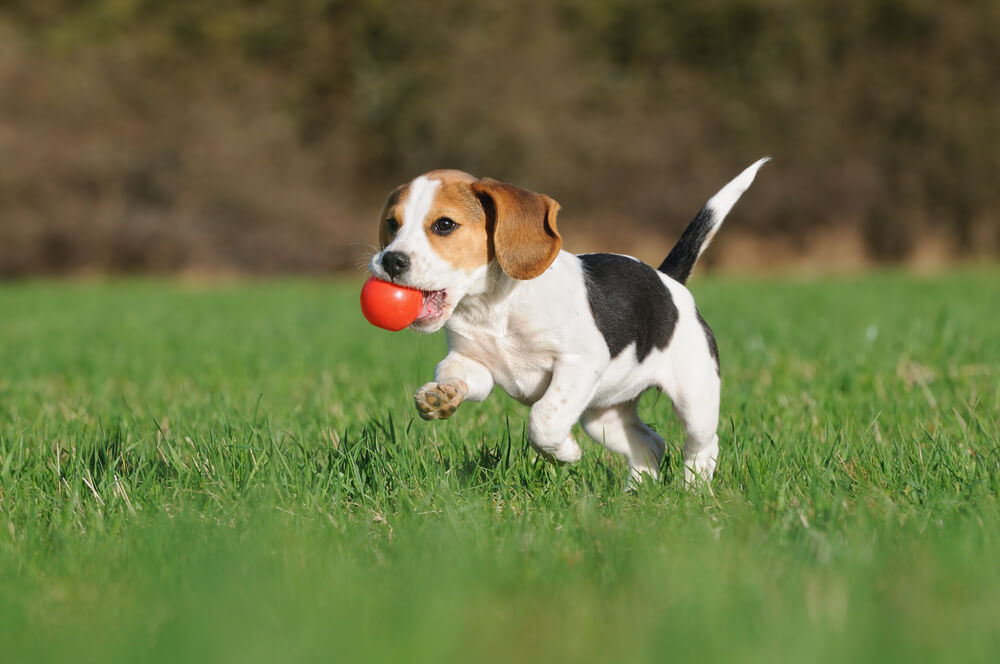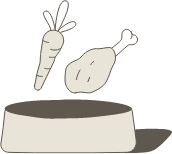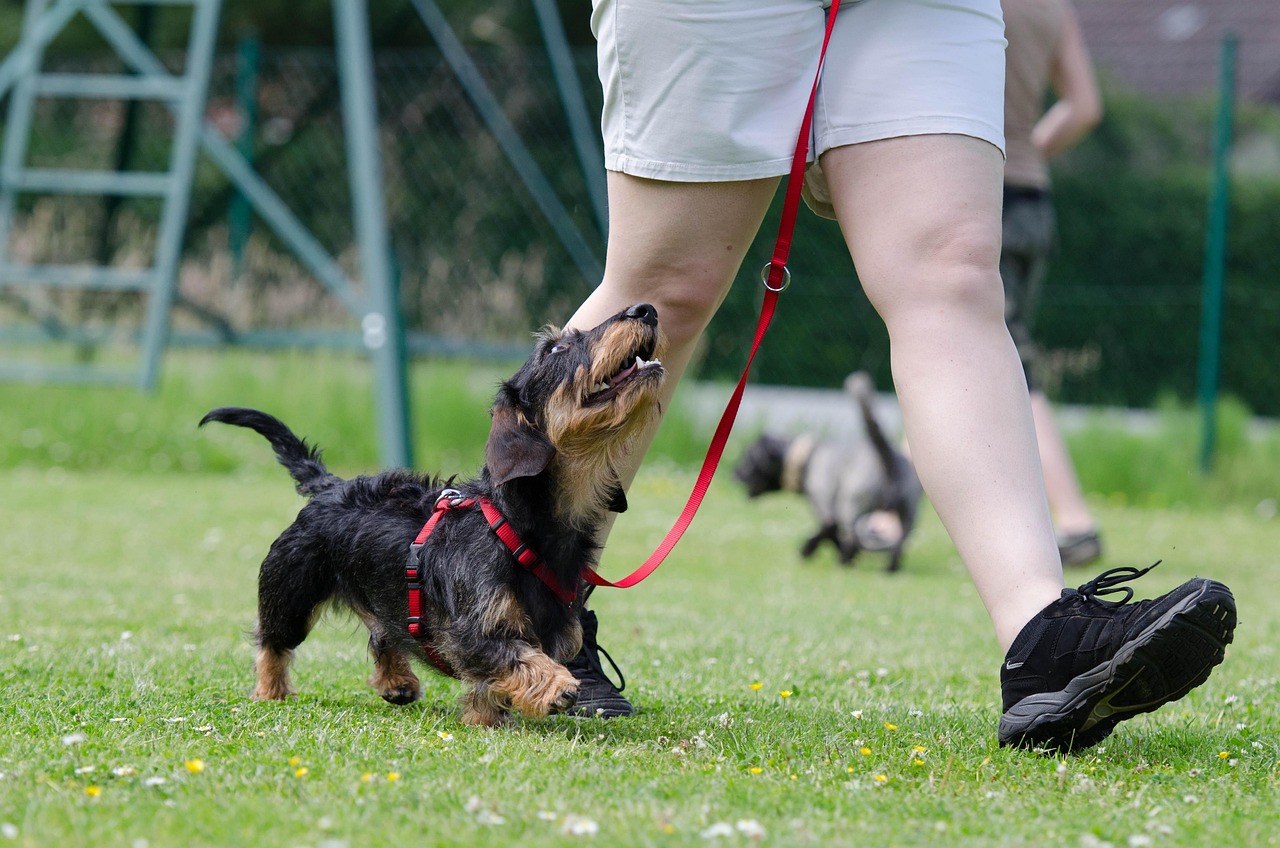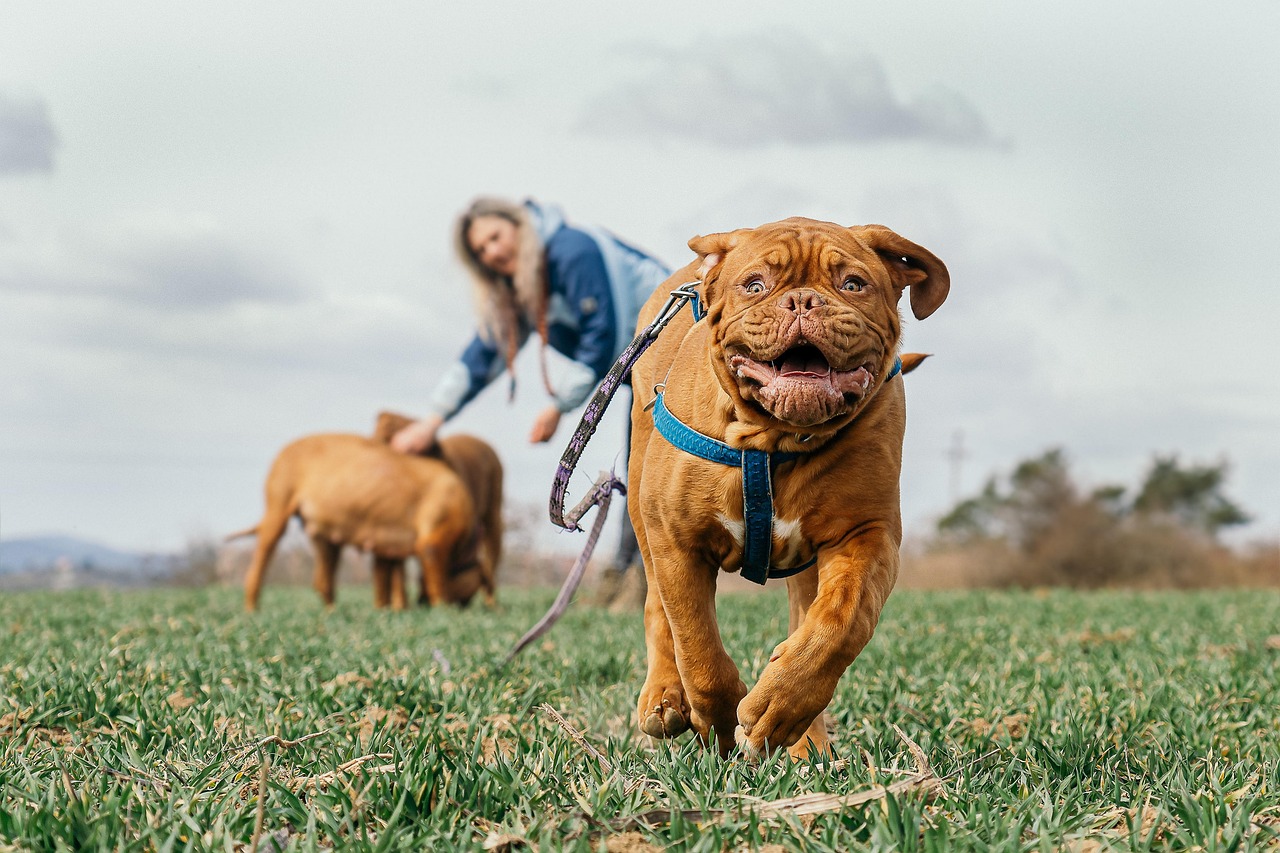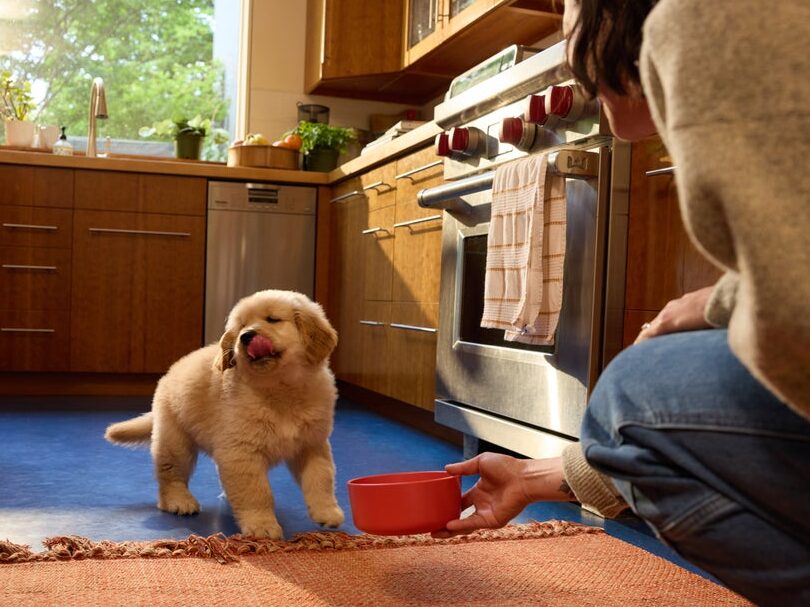Hey Ollie blog readers! We’re offering you an exclusive 60% OFF your starter box! Try now!
You know that irritable ugh feeling after you’ve eaten a drive-through lunch? Turns out, a bad food choice—table scraps, eating too much, or a meal not optimized for your pup’s size—can make your dog feels similarly low-energy, cranky, or snappish. “A dog who’s not eating optimally will feel either lethargic or hyper, and that translates into the way the pup behaves,” explains Scott Sheaffer, a certified dog behavior consultant and owner of Dallas based USA Dog Behavior, Inc. “In fact, feeding questions, including what, how much, and when a pup is fed are some of the first things I ask when I begin to work with a dog,” he says, adding that diet is a great place to start because it’s easily fixed, and you can see the results within a few days. Here, five links Sheaffer has noticed between food and behavior in pups.
Grains can exacerbate aggression
You’ve likely heard some of the grain versus no-grain debates when it comes to the best choices for your pup. While dogs don’t have to be entirely grain-free to be healthy, too much grain (especially corn) can drive behavioral issues. “Corn can cause serotonin levels to decrease,” says Sheaffer, explaining that serotonin is an important neurotransmitter in dogs and humans that directly affects mood. A 2010 study found that dogs with lower serotonin levels were more likely to be aggressive; going on a low or no-grain diet may be a smart switch for these pups.
So can additives
Common additives, dyes, and preservatives in pet food such as BHT (Butylated hydroxytulene) and BHA (butylated hydroxyanisole) have been shown to cause behavioral issues in humans, and experts theorize it may be the same in dogs. “Artificial coloring and preservatives have been proven to cause hyperactivity in children, and the same may be true of dogs as well,” says Sheaffer, who says that his first step when dealing with an aggressive dog is putting pups on an additive-free diet. Read labels and steer clear of dog food that contains dyes or preservatives.
Feeding timing matters
Part of the connection between behavior and diet is based on when you feed your pup. In particular, Sheaffer calls out grazing, which may cause your dog to eat too little or too much, thereby causing uneven energy levels throughout the day. The key, says Sheaffer, is being consistent with mealtimes so they know when to expect food and their body regulates accordingly. As for an optimal time, Sheaffer suggests seeing what works best: We say that most dogs do best with two meals a day, but you may notice your dog’s behavior mellow out if he’s fed once in the AM or in the evening.
Meal location is key
Where a pup eats is just as important as much as when, says Sheaffer. “What I’ve found is that begging can really bring about negative behavior,” says Sheaffer. “When the dog knows that the only meals come from his bowl, then they won’t be inclined to beg at the table. If they think they can get food anywhere in the house, then they’ll beg, whine, or jump whenever they see you eating or even heading to the fridge.” If you do want your dog to indulge in a table treat, Sheaffer says to put it straight in his bowl, rather than keep you company at the table. And make sure it’s a healthy, natural treat like carrots!
Portion control counts
“Think about how you feel when you’ve eaten a big meal: sluggish and slow, right? Your pup feels the same way,” says Sheaffer. “I’ve found that the majority of people I work with overfeed their pup, which can cause them to be sluggish and mentally inactive.” Your best move: Figure out exactly how much your pup needs for his size and breed.
The Ollie blog is devoted to helping pet parents lead healthier lives with their pups. If you want to learn more about our fresh, human-grade food, check out MyOllie.com.
Tagged As:
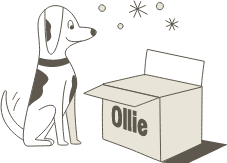
The nutrition your dog needs,
the food they want.

Enjoying our articles? Subscribe our Newsletters and get new articles directly to your inbox
You might also like
23 September 2025
6 MINS READ
Back to School: Training Your Dog at Any Age
As we hit back-to-school season rolls around, it’s not just kids who benefit from sharpening their skills and learning something new—our dogs can, too! Training isn’t limited to puppies or p…
by Ollie Pets
23 September 2025
7 MINS READ
Lace Up and Leash Up: A Beginner’s Guide to Running with Your Dog
Running is one of the simplest ways to stay active, and it’s even better with a canine companion. Not only does running with your dog keep you both in great shape, it also strengthens your bond …
by Ollie Pets
13 May 2025
8 MINS READ
Puppy Training Guide & Behavior Timeline
Bringing home a puppy is pure magic. It’s also pure chaos—tiny teeth, zoomies, accidents in the house, and moments that make you wonder if you’re raising a future genius or a tiny tornado. …
by Ollie Pets
